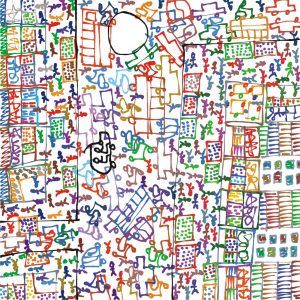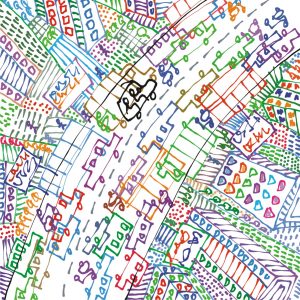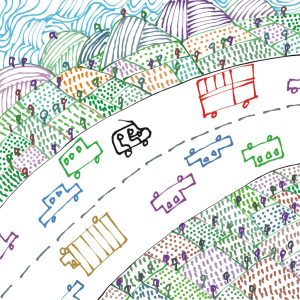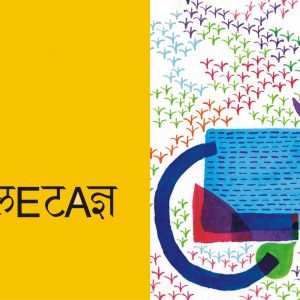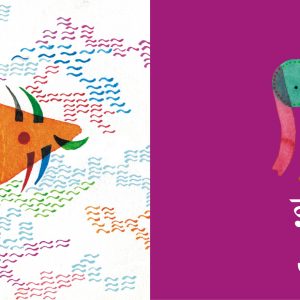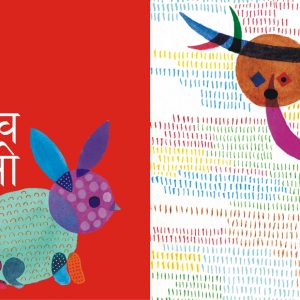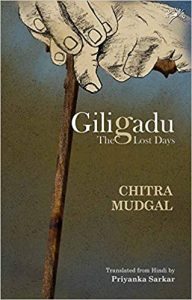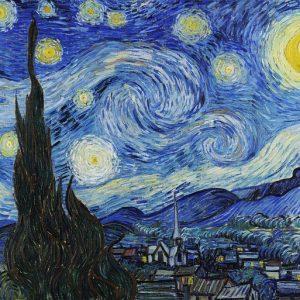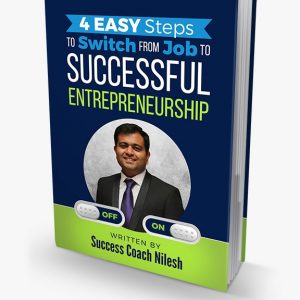Art is a beautiful way to express one’s ideas and feelings. Many people shy away from it as they get lost in its complexity and abstraction. Art Apart is a young company aiming to create art related products which will engage the viewers in more active way. One of the product lines, visual story books, enables everyone to make their own interpretation of the ‘story’ through their own experiences and tastes.
The books created by Art Apart have almost no text, but only images. They are open to interpretation in carried ways. This makes reading the same book a very different experience for different readers. In a sense, using the term ‘books’ to describe their ‘books’ seems odd as well…. their ‘books’ are shaped like accordions, cards, fold-outs and what not.
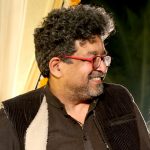
Bookedforlife chats with Founder Raju Deshpande, to know more about the versatile ‘books’ produced by the Art Apart team.
All the books created by Art Apart try and make a point. What kind of experience do you want to provide to your reader?
All the books have a definite storyline, but because there is no text in them and the narration is only through illustrations, one is compelled to think of the textual narrative for themselves. To create this narrative, everybody has to understand the story in their own way. Their age, occupation, experiences influence the way they would interpret the story. So in that sense it becomes their own story. This experience of becoming the co-author of the book is what I think is very important and unique.
What age groups are the books for? Are specific books targeted at a particular age group?
Anybody of any age can own these books and make them their story. We have a notion that all illustrated books are for children and not for adults. That’s why most of the books for adults have lots of text and no illustrations. So, I have deliberately reversed this format for my books- There is no text, only visuals. I believe children are very comfortable with illustrations. They immediately start creating their own stories by looking at visuals. It becomes a little difficult for adults to adapt to this format. When they hold this book, they immediately start searching for the pages with text on them. And when they realize that there is none anywhere, they either dismiss it concluding that it is for children or ask the creator why is it the way it is.
You have experimented with the form of the book. What was the thought process?
The thought process behind the books is very simple – if you want to tell a story, tell it straight. Draw simple illustrations. Draw only what is necessary. Draw every step of the narration, and remember, if you understand the story when complete, then everybody will.
The form of the accordion books is not my original idea. It evolved when we were discussing about how differently we can present these sequential stories in the best manner possible. The name accordion book is given because of the way it opens up, bit by bit, like an accordion. The form of these books is very flexible. The viewer can either see one or two panels at a time or the whole story according to their preference. In accordion books, the story unfolds step by step, so there is a sense of surprise and excitement about what could come next. It is a very dynamic form for the creator as well because they have to adapt the story according to the form it is going to be presented in. There is a possibility of continuing the story at the backside as well and maybe connecting it to the front side so that there is a circular narration. For the viewers also it is more of an engaging form than a normal book.
When I want to convey an idea, not necessarily in a linear way, I like the form of separate cards. These cards can be handled freely, as a collection or as individual cards. They can be arranged in any manner the viewer wants, as a single entity or collectively. They can be displayed on a wall or hung by a thread or can be devised as a game.
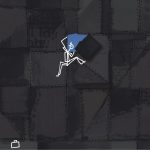
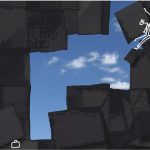
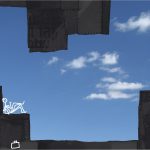
What is your inspiration?
I am more of a doer than a thinker. When I paint, I don’t usually think about the output beforehand. I start by choosing a piece of paper and a few materials to draw with. Initially I draw whatever comes in my mind at that moment and that line or shape or colour on the paper inspires me to develop the painting further. I follow this process till I think it is enough. I don’t restrict myself with conventional canvas and oil paint combination. I like trying out different materials like stones, charcoal, thread, oil pastels, foil paper, used cardboard boxes, printed paper, etc. that are available around us in different forms. The process of application also changes with materials used. With all these raw materials, one can do lots of different things like cutting, pasting, smudging, mixing, etc. New, exciting materials around me and the different kinds of processes that come with them inspire me to create. I am constantly observing my surroundings and drawing inspiration from various things, not consciously every time. Some experiences get stored in your head and they come out sometime in different ways, through unexpected outcomes.
Can you share some of the feedback for your books?
I was overwhelmed by the ways in which people appreciated and responded to my products. They related their own experiences and interests with stories and created various meanings out of them. People from various disciplines also related with various instances from their work life to interpret the stories and ideas behind our products in their own way.
I met many counsellors and therapists who thought the products were good tools to initiate conversation among a group of people or for behavioural training programs. I interacted with a Ph.D. student who was doing her research on mental illness, and thought that the interactive cards could be useful to have an unusual conversation with her subjects. Many school teachers were interested in the products as means to stimulate abstract thinking and creativity among their students. People from design schools were interested in using these cards for stimulating visual thinking and design thinking. Many social organizations were interested in using them for training programs, team building and capacity building.
It was a great experience to watch people go through the products. There were expressions of utter confusion, joy, surprise, realization on people’s faces which were very satisfactory to watch. Some children started narrating stories as soon as they started scrolling through the book. Some adults took time to get used to the idea of stories without any text in them. Some went through the book from end towards the start, only to realize that there is a certain story there and then started from the beginning again. Some were more interested in the poems at the back of the book while some went back and forth multiple times to connect the visuals. Just watching variety of people interacting with something that I had created was a very fulfilling experience for me.
How do you market the books?
Right now we are planning to sell our products in three ways: Firstly, by registering with art and literature festivals like Kala Ghoda Art Festival to create awareness about our products and to get constructive and application-related feedback from our potential consumers. Secondly we will try to sell our products by specifically targeting institutional buyers such as schools, schools for children with special needs, organizations providing behavioural training, etc. Thirdly, we will try to sell our products through our website –www.artapart.in. We are also planning to make them available for sale through Amazon in the near future.
Art Apart has indeed changed the way we look at books and narration. Here’s looking forward to many more products and books that marry art, book making, storytelling and personal interpretation.


